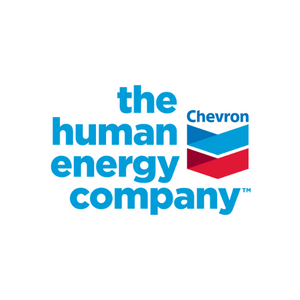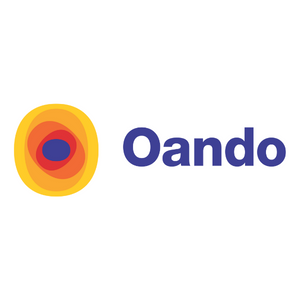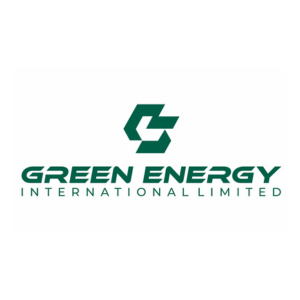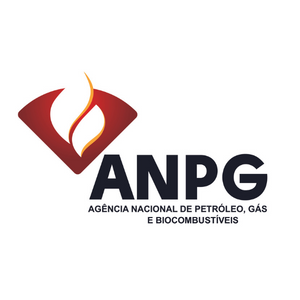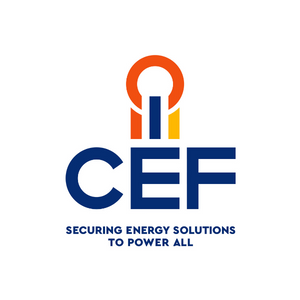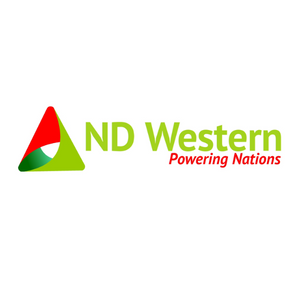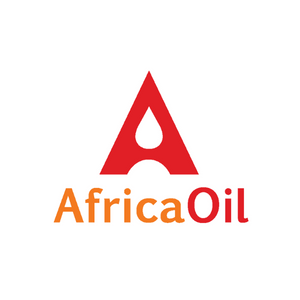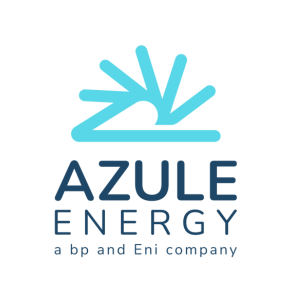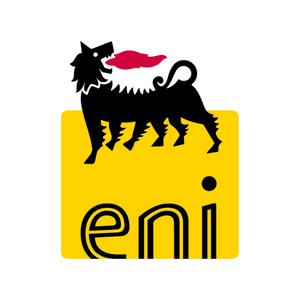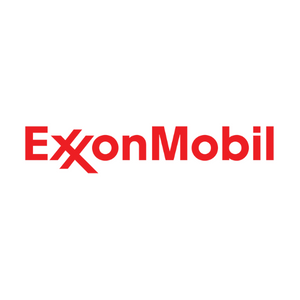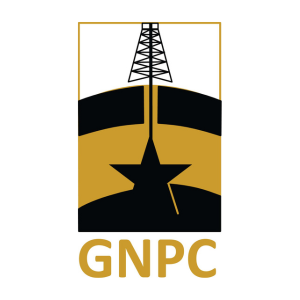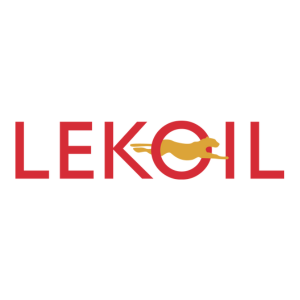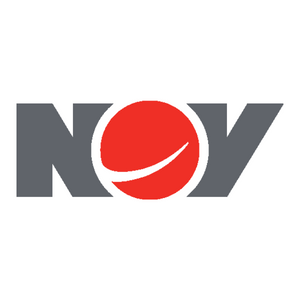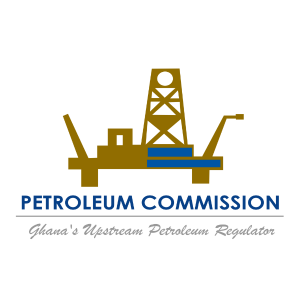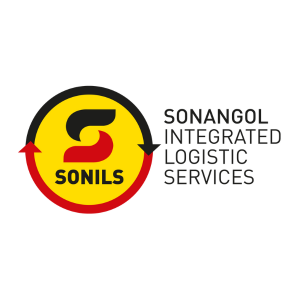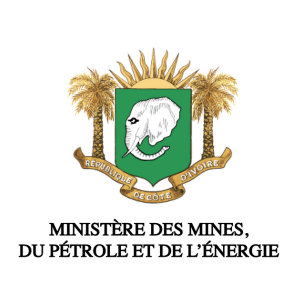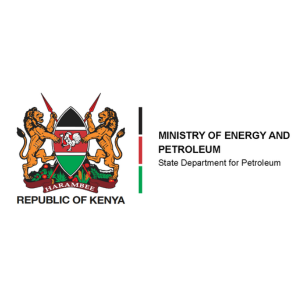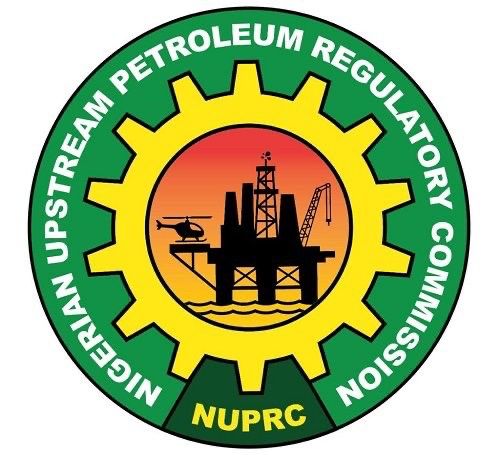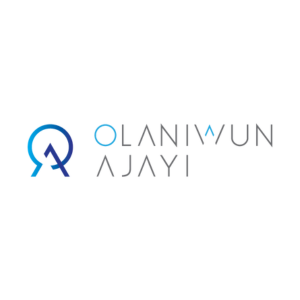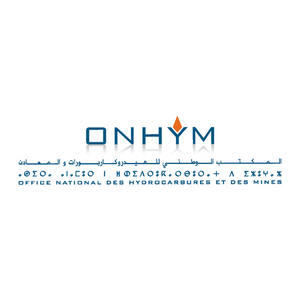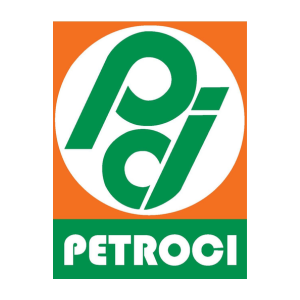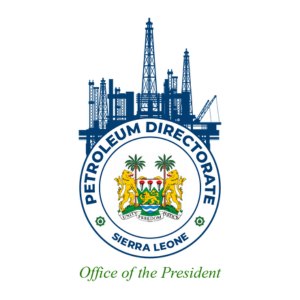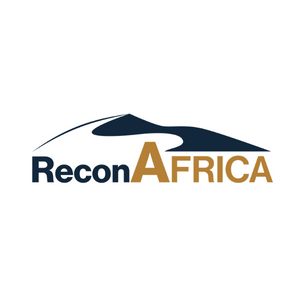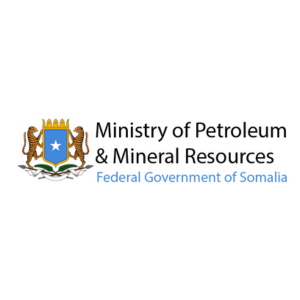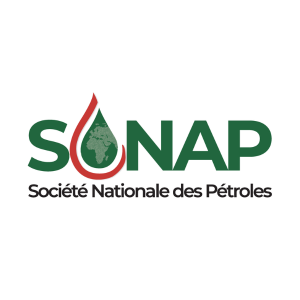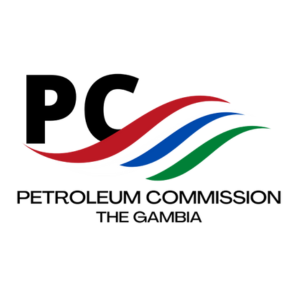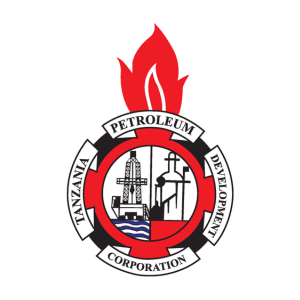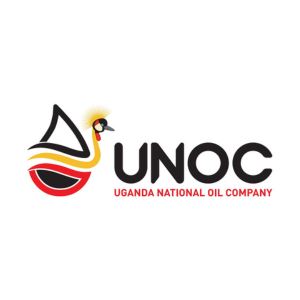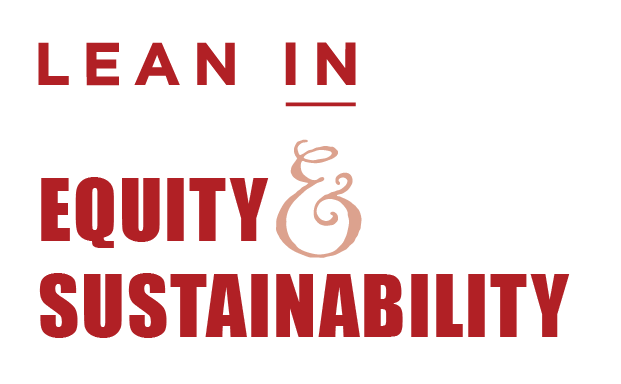Virtual pipelines deliver liquefied natural gas (LNG) in compressed tanks by roads, railways and waterways to locations not connected by physical pipelines.
This solution is being increasingly used where distance, terrain and demand do not justify an investment into a national or regional pipeline.
Approximately 44% of Africa is currently off-grid, with rural and remote areas lacking access to power. LNG has the potential to help meet the demand for electrification through small-scale power generation. Virtual pipelines have the potential to innovate the supply chain by tapping into multiple gas sources and distributing LNG regardless of conventional pipeline routes. Infrastructure inflexibility is limiting the possibility of utilising Africa’s abundant natural gas resources to provide new energy supplies to areas where demand is greatest. Virtual pipelines are also a viable option for overpopulated urban locations and for power plants where new pipeline infrastructure would not be feasible, or where demand is too low, or only required for a short period of time.
Virtual pipelines have been praised as an efficient, flexible and cost-effective way of establishing a gas market without significant capital outlay. Alongside reduced maintenance costs – NNPC estimate that they spent over N556 billion (approx. £1.17 billion) on pipeline repairs and maintenance between 2015 and 2019 – virtual pipelines are much quicker to implement and are not subject to project delays or stakeholder abandonment, which often plague traditional pipelines. There are also clear environmental benefits supporting the use of LNG as the cleanest burning fossil fuel, with many of the transportation tanks running off LNG.
It will be interesting to see if the uptake of virtual vs. physical pipelines across Africa gains traction. Globally, Argentina is using virtual pipelines for the Mendoza thermoelectric power plant which is powered entirely by LNG sourced from stranded gas wells and transported via trucks, and in India, ExxonMobil LNG has just signed a letter of cooperation with Chart Industries and Indian Oil Corporation (IOCL) to accelerate gas access.
Current physical gas pipeline projects across Africa include:
Approximately 44% of Africa is currently off-grid, with rural and remote areas lacking access to power. LNG has the potential to help meet the demand for electrification through small-scale power generation. Virtual pipelines have the potential to innovate the supply chain by tapping into multiple gas sources and distributing LNG regardless of conventional pipeline routes. Infrastructure inflexibility is limiting the possibility of utilising Africa’s abundant natural gas resources to provide new energy supplies to areas where demand is greatest. Virtual pipelines are also a viable option for overpopulated urban locations and for power plants where new pipeline infrastructure would not be feasible, or where demand is too low, or only required for a short period of time.
Virtual pipelines have been praised as an efficient, flexible and cost-effective way of establishing a gas market without significant capital outlay. Alongside reduced maintenance costs – NNPC estimate that they spent over N556 billion (approx. £1.17 billion) on pipeline repairs and maintenance between 2015 and 2019 – virtual pipelines are much quicker to implement and are not subject to project delays or stakeholder abandonment, which often plague traditional pipelines. There are also clear environmental benefits supporting the use of LNG as the cleanest burning fossil fuel, with many of the transportation tanks running off LNG.
It will be interesting to see if the uptake of virtual vs. physical pipelines across Africa gains traction. Globally, Argentina is using virtual pipelines for the Mendoza thermoelectric power plant which is powered entirely by LNG sourced from stranded gas wells and transported via trucks, and in India, ExxonMobil LNG has just signed a letter of cooperation with Chart Industries and Indian Oil Corporation (IOCL) to accelerate gas access.
Current physical gas pipeline projects across Africa include:
- Tanzania – Kenya Pipeline: this 558km gas pipeline will run from Dar es Salaam to Mombasa via Tanga and will meet a gas demand of 50 MMscfd
- Nigeria – Morocco Pipeline: this project is set to involve 15 countries in West Africa and is due to start construction towards the end of 2020. It’s estimated the project will take 25 years to complete.
- Richards Bay, South Africa: plans are in place for a LNG import terminal at Richard Bay with an expectation of first gas to land in 2024. Transnet are will repurpose existing pipelines to transport gas between Durban and Johannesburg.

